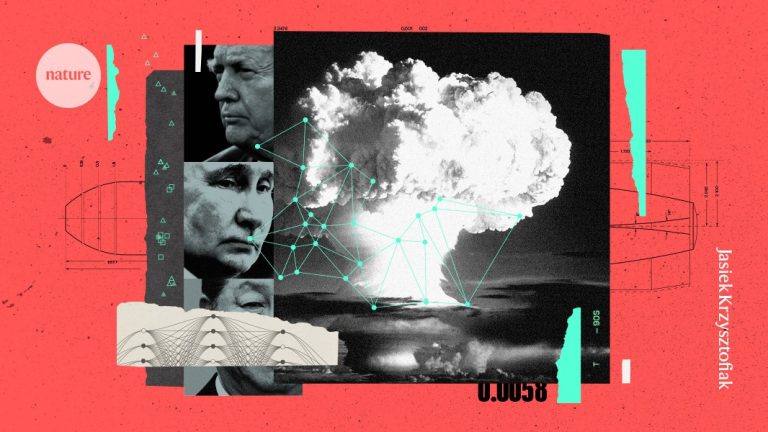Escalating Nuclear Risks: A World on the Brink
The Doomsday Clock, a symbolic measure of humanity’s proximity to self-annihilation, stands at a precarious 89 seconds to midnight, the closest it has ever been to signaling our demise. While various threats, including climate change and biological weapons, contribute to this alarming situation, the escalating risk of nuclear war remains the most pressing concern, often overshadowed by other global issues. Experts warn that the nuclear threat, far from being a relic of the Cold War, is higher and more complex than ever before.
The global landscape is rife with potential nuclear flashpoints. Russia’s ongoing war in Ukraine, simmering tensions between India and Pakistan, and the shadow of conflict surrounding Iran’s nuclear program all involve nuclear-armed nations, increasing the risk of miscalculation or escalation. Unlike the Cold War, which primarily involved two relatively evenly matched superpowers, the current nuclear landscape is multipolar, with China emerging as a third nuclear superpower, North Korea expanding its arsenal, and other nations like India and Pakistan potentially increasing their nuclear capabilities. This multipolarity complicates communication and strategic calculations, making it harder to manage nuclear deterrence effectively.
The traditional principles of nuclear deterrence, predicated on mutually assured destruction, are being challenged in this new multipolar world. The possibility of smaller, regional nuclear conflicts weakens the deterrent effect, as the consequences might not be viewed as globally catastrophic. Moreover, backchannel communication and diplomatic channels, crucial for de-escalation during the Cold War, have eroded, further increasing the risk of miscommunication and unintended escalation.
The rise of artificial intelligence (AI) and the spread of misinformation further exacerbate the nuclear threat. AI’s integration into military decision-making introduces new uncertainties, as its algorithms may interpret situations differently than humans, potentially leading to unforeseen consequences. Misinformation and disinformation, amplified by social media, can cloud public discourse and influence leaders, potentially triggering rash decisions. The India-Pakistan conflict in May 2023, fueled by false information online, exemplifies the dangers of misinformation in a nuclear context.
The convergence of these factors – a multipolar nuclear landscape, eroding communication channels, the proliferation of misinformation, and the integration of AI into military decision-making – has created a perfect storm of nuclear risk. This “third nuclear age” demands renewed focus and action to prevent catastrophe.
Scientists and experts are actively working to address these challenges. In July 2023, a conference in Chicago brought together leading scientists, including Nobel laureates, to discuss strategies for preventing nuclear war. Their recommendations include increased transparency among nations about the implications of AI in warfare and a renewed emphasis on diplomatic solutions to prevent nuclear escalation. As the world grapples with these evolving threats, international cooperation and open communication are essential to avert the existential threat of nuclear war.


